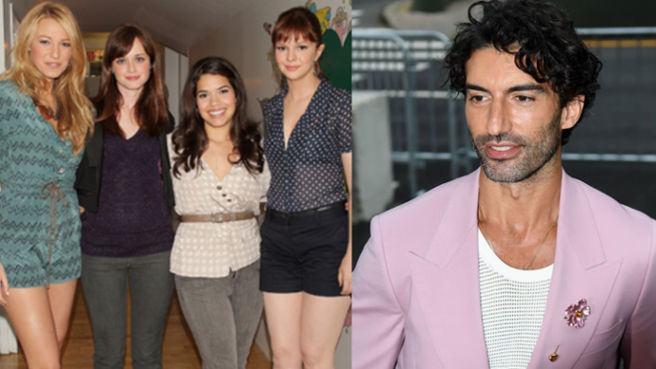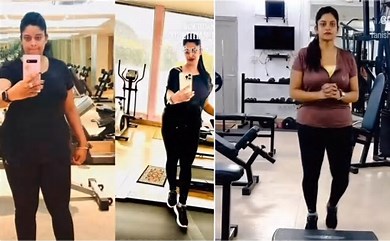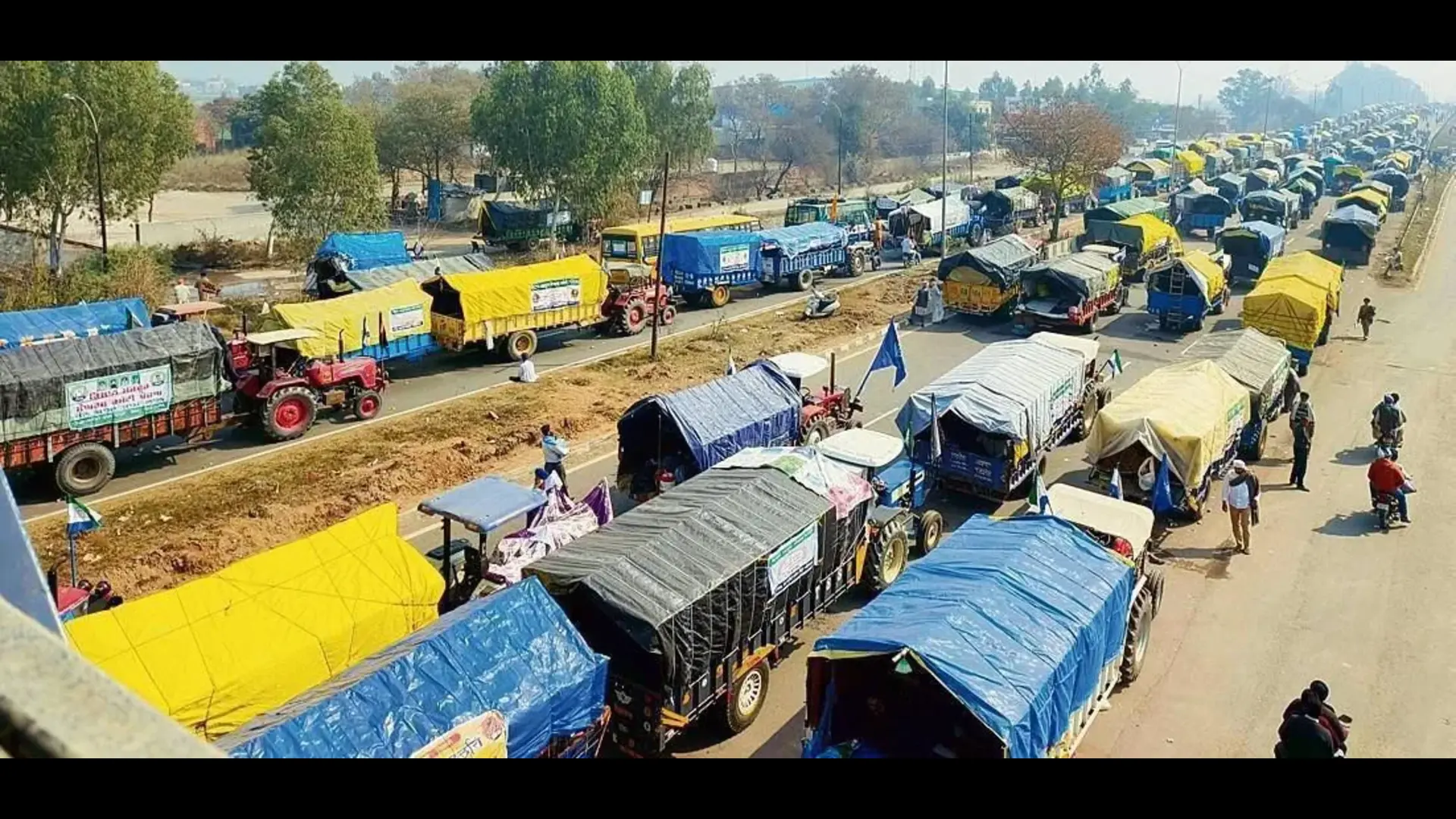What you see is what you get, often abbreviated as WYSIWYG, means what you see on the computer screen is exactly the same as will be printed or displayed. This holds true not just in computing but in real life as well.
Our experience of life is determined to a large extent by how we see, or choose to see, it. As your vision, so your world, goes a saying. And we see life not as it is, but as we are. If we see life as a struggle, it will become a grind for us. The lens through which we see can make routine tasks look difficult, and minor inconveniences seem unbearable. Such a perspective is the result of a feeble mental state, and it further weakens the mind, dragging us down to an abyss of despondency.
Something similar happens in relationships. If we see people as generally untrustworthy, then we will be unable to trust anyone, and suffer for it. We may not have any close and warm relationships, and will be dogged by fear, doubt, and worry. That is not a very happy way to live.
Our experiences in the present life, and past ones, colour our perception of the world and of how the people around us behave. Our fears, anxieties, doubts, and preferences are, to varying degrees, the result of how we see the world.
If we have an upbeat outlook, we take problems as challenges, tackle them spiritedly, and take the consequences in our stride, meanwhile learning from the experience. Failures do not put us down, rather they become stepping stones to wiser decisions in future.
But if we are gloomy by nature, our cheerless existence itself will feel like a burden to us, with each difficult person or situation, and every setback serving to confirm the wretchedness of life.
True, the world has its ugly side, which cannot be overlooked or denied, but it also has its bright spots. We may have to deal with distressing things on a daily basis, but we need not focus exclusively on them. How much attention and emotion we invest in them is up to us.
What do we gain by repeatedly thinking of the appalling things happening in the world? If it is something that affects me personally, I can try to understand the reason behind it and figure out a way to deal with it in the best possible manner. Having done that, I need to shift my focus to the brighter side of life, because that is what is going to empower me, by making me feel positive.
When we habitually and repeatedly dwell on the dark side of life, the resultant feelings drain our energy and joy. But when we step back and see the larger picture, recognise what is of value to us, and engage with that, our time and energy are utilised in a constructive way, leading to learning and growth.
Just think of it, if we have to walk along a muddy track, do we get stuck in one spot, appalled by the sight of the mud, or do we step on the relatively dry spots and make our way forward?
That is how we need to navigate life, by spotting the good in it, avoiding or dealing sensibly with what is harmful, moving ahead, and helping others do the same.
B.K. Dr. Savita is a Rajyoga teacher at the Brahma Kumaris headquarters in Abu Road, Rajasthan.







